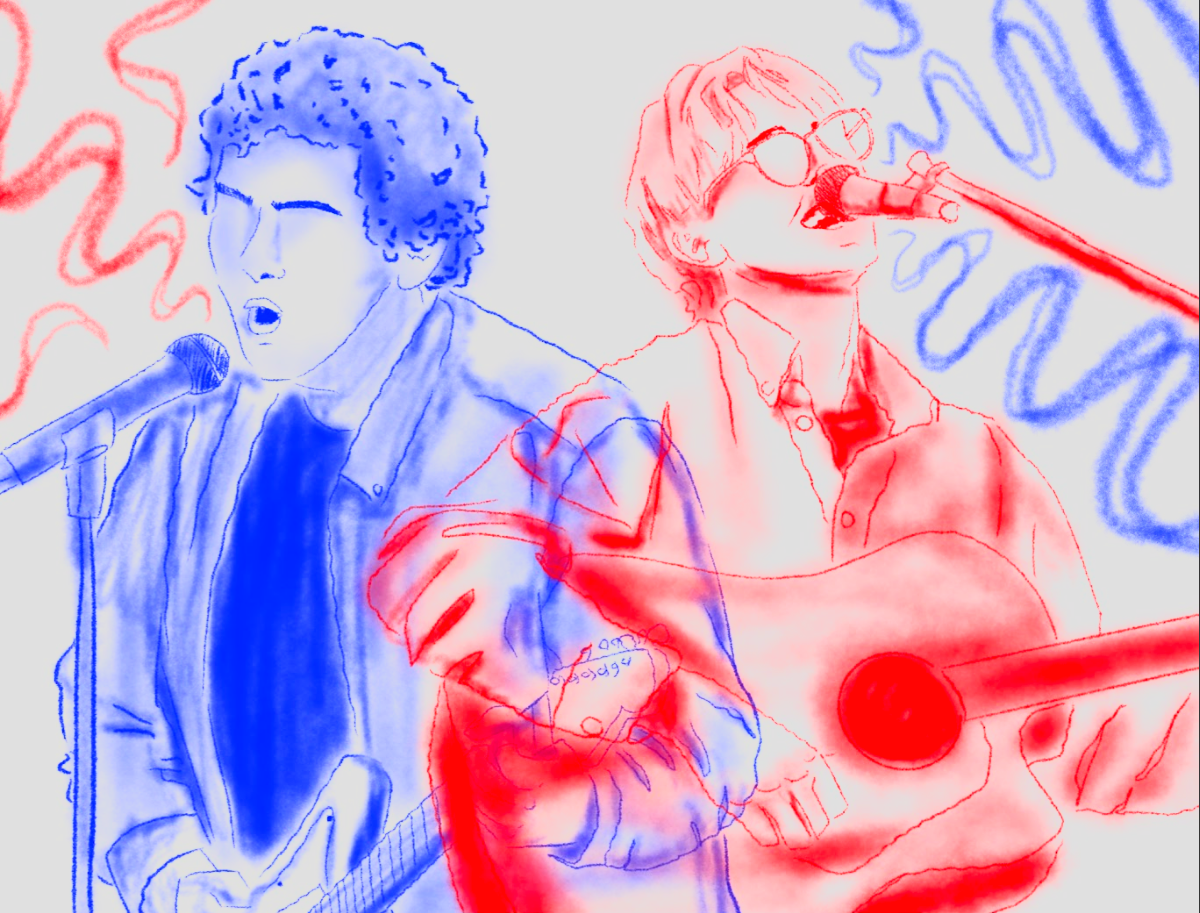Konza Prairie field trip educational
October 4, 2021
Biology teacher Jenny Karr took students to the Konza Prairie last Wednesday and Thursday. The purpose of this trip was to connect ecosystem processes students have been studying in class to a local ecosystem.
“I took students out to the Konza in groups of two with 51 students on each day,” Karr said.
The Konza Prairie, a biological research station, is a native tallgrass prairie owned by The Nature Conservancy and Kansas State University. Most of the area is off-limits to the general public. However, the nature trails are available to the public every day of the year.
Out at the Konza, students participated in three activities, one of which included exploring plots of land that get different fire treatments, which are about the size of a tennis court.
“The students looked at the plots that are burned annually, at different times of the year,” Karr said. “Then students compared them to other plots that are burned every other year, to see the difference between grass, wildfires and the wood tree type plants.”
Ultimately students did see there was a difference in how fire impacts the type of plants that are there.
The second activity was to take the bus around the bison enclosure. In class students have been studying the African buffalo, which is a related species to the bison that are native to Kansas.
Students gathered information about the bison enclosure and how bison affect the prairie with their grazing. Students also explored the plants that grow in their enclosure and how they are different from the plants that grow outside of where the bison are.
“It was really cool because some of the bison were right up close to the road,” Karr said. “So we could take pictures through the bus windows and see these really neat animals that are very native to Kansas and important for the ecosystem.”
The third activity students engaged in was hiking on the trail called Butterfly Hill.
“It’s not one of the public trails,” Karr said. “Once a year it’s open to the public.”
On the trail the tour guides told the class about the different plants, different grasses and different wildfires. Then they talked about the ecology and ecosystem of the prairie.
Next week the students will apply ideas to what they are studying in class.
“My favorite part is just getting students out of the school building,” Karr said, “and seeing what we’ve looked at on paper and the iPad in real life.”
Students enjoyed the bison on the day they were up close to the trial.
“[One student said] he never knew that grass could be interesting and this was the first time he thought that grass was kind of cool,” Karr said. “From a teacher’s perspective that was a cool thing to hear from a student.”
It was rainy on day two of the trip so the trip was cut short around lunch time, cancelling the second hike.
“It was great to work with the Konza crew and we still got to do some things in the gaps of the rain,” Karr said.
According to Karr, students sometimes question whether classes are meaningful and relate to things that happen outside of the school building. For students it’s important to explore things in a different way that is not always on paper or the iPad, which can be hard for students to understand and make a connection.
“Through this field trip we can see that what we do in class is applicable for things outside of this building,” Karr said. “By taking students on this trip there are potential careers that students can do with this information.”



